Set in an exceptional natural landscape at the foot of the Vosges Mountains in the village of Wattwiller, the François Schneider Foundation’s Contemporary Art Centre was launched in 2013 on the site of a former bottling plant, which has been extended and transformed. François Schneider dedicates this first Contemporary Art Centre’s art collection, exhibitions and events all to the theme of water, such the current exhibition ‘Liquide Liquide’ dedicated to Céleste Boursier-Mougenot, the representative for France at the 56th Venice Biennale in 2015. The Contemporary Art Centre’s architecture is based around light and transparency, with over 2000 m2 of floor space, in addition to the adjoining sculpture garden. Established in 2000, the Foundation works in the twin fields of culture and education and assists contemporary artists by supporting the diffusion of their work.
LARRY’S LIST has talked to the director of the Foundation, Marie Terrieux, who explained the various initiatives devoted to the theme of water, including an international competition, the acquisition of works for its collection and the organisation of themed exhibitions, how the Foundation has accumulated its collection, as well as some highlights of the current exhibition.
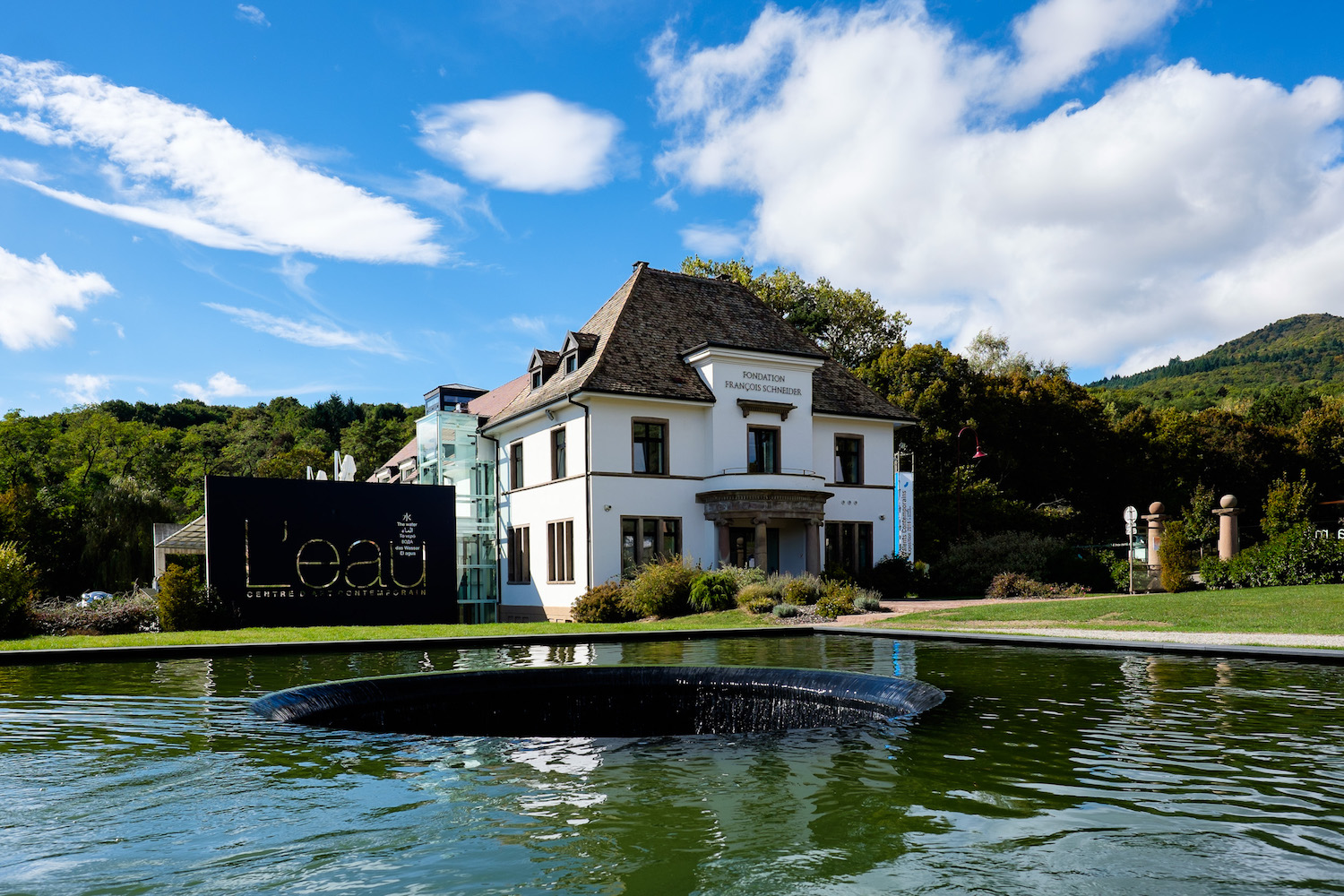
The theme of water
What are the initial missions of the foundation back in 2000?
The foundation was created with two main purposes. The first is supporting education – any kind of disciplines (and nothing to do with art) by giving scholarships / grants to kids who want to pursue their studies after their baccalauréat (high school graduation). The reason of this first mission is that François Schneider who was a successful entrepreneur (and a self-made man) and developed various businesses in his career considered that we did not have the same chance at birth and access to education. He thus decided to redistribute money in this way. The second mission is to support artists through a competition dedicated to the theme of water. 20 years back, the idea of water was not necessarily environmental-oriented, but more like a way to open up doors and gives a universal theme. The competition was launched in 2011, “Contemporary Talents”, and open to any nationality and any age for visual artists working with various media. The competition is prestigious as each year the foundation gives 7 prizes of 20,000 euros each for an artwork connected to the theme of water.
The foundation was created on a philanthropic basis. It is really the idea of redistributing richness.
Why the theme of water?
Schneider has an ideal of creating four art centers with the 4 elements!
Then, water is something that attracts and speaks to everyone – it allows to open up the doors of a place, such as an art center, through a very democratic topic. We wanted to give a theme to our foundation to be different …
Moreover, Wattwiller is a village with important water sources, so water is also at the core of the history of the territory.
Water is a way to make art more open, less elitist, and more democratic…
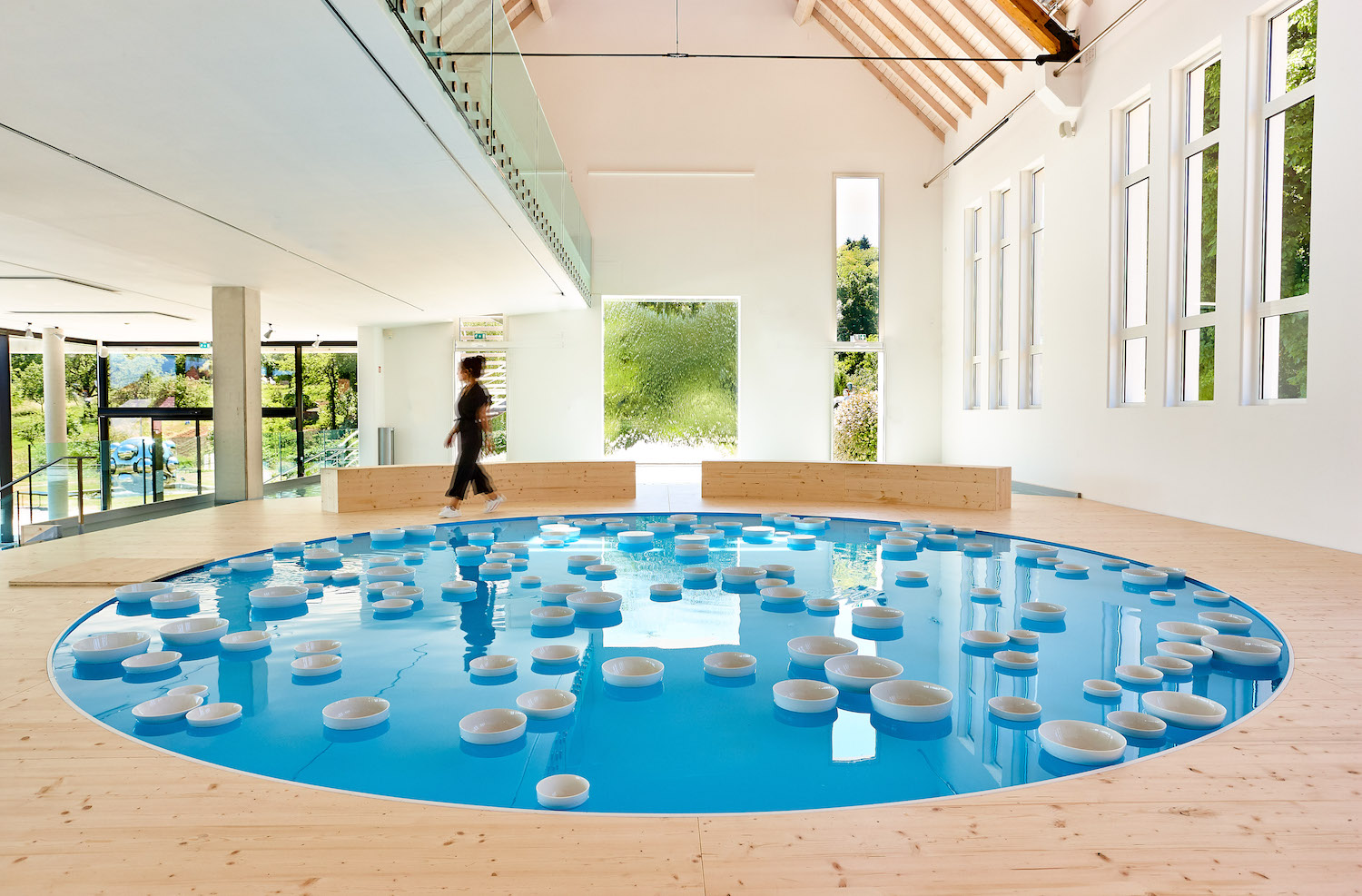
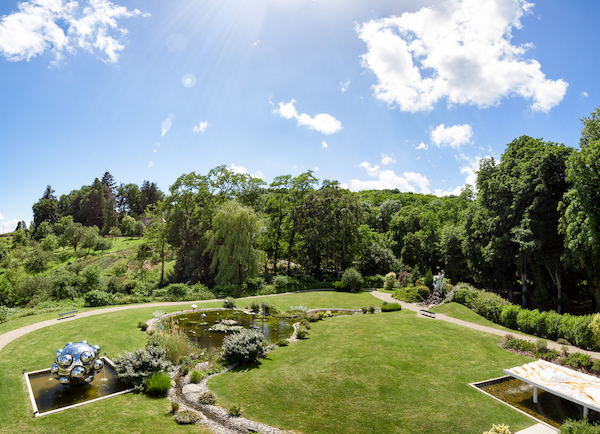
It has later evolved into a foundation that includes art center and various programmes. What motivated such evolution?
Since the beginning François Schneider had in mind to create an art center to show the artworks of the competition and display them on site. The art center was established in 2013, in a small village, located nearby the mountain, in eastern France, at the boarder with Switzerland and Germany. The art center is in a building that used to be a bottling up factory in the early 20thcentury. It was transformed, keeping the original entrance and playing the light and transparency, with a sculpture garden where different fountains are on display. The idea was to share the artworks of the competition with a general audience. Of course exhibiting only works from the competition works is too restrictive, that’s why we’ve added a full-year programme with other exhibitions and cultural events.
Why was this location in France chosen for opening the foundation space there?
François Schneider considered that there was no reason to open another foundation in Paris or other big cities as there had been plenty already. He had developed a business in this area in the past and liked the region. He also had some relatives there and has some attachment for the area. Also, the nature and landscape are exceptional and in an idyllic environment, so of course it gives inspiration. It is in a way strategic to be at the core of Europe as we are between three countries. To have this kind of idea 20 years ago shows that François Schneider is a man of vision.
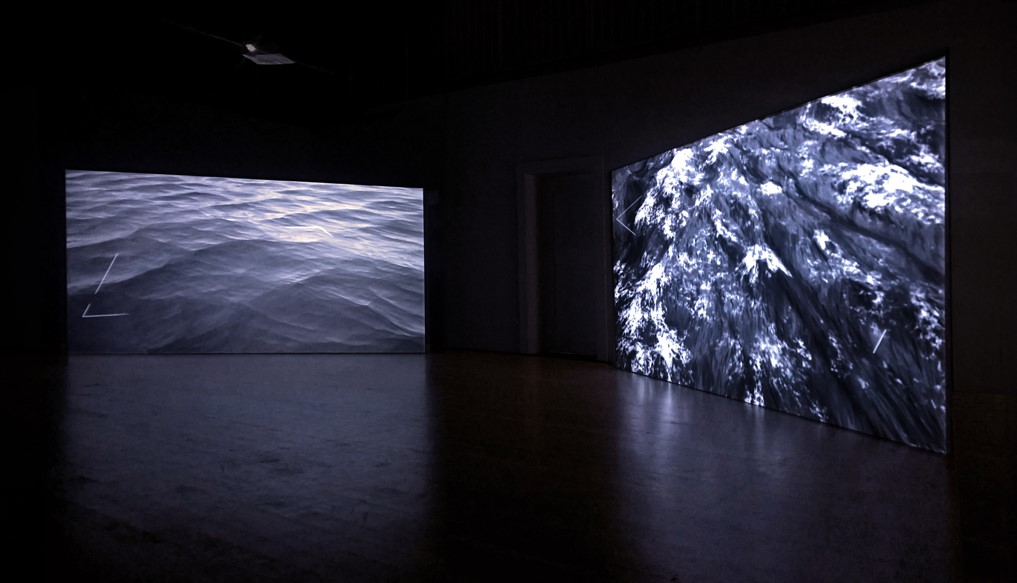
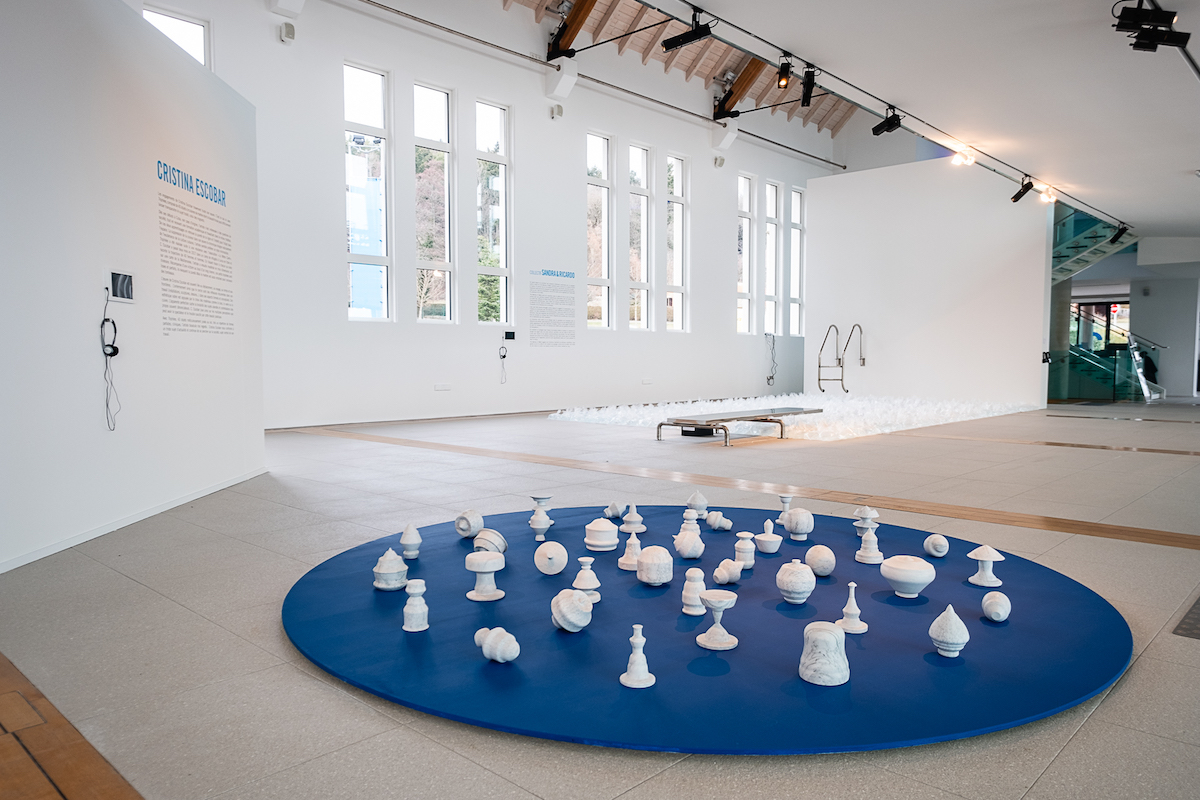
The collection
How does the foundation build its art collection?
As mentioned before, we organize each year since 2011 a competition with an open call. Artists from all over the world participate, we receive approximately 1000 applications, 800 are eligible. A committee of experts analyse the 800 applications. Four groups of two experts select 10 to 12 finalists. 40 to 48 are still in the loop, and a grand jury gathers to pick up 6 to 7 laureates each year. The expert committee is made of critics, curators, previous artists of the competition. The grand jury includes figures of the art world such as, Alfred Pacquement, Rosa Maria Malet, Roland Wetzel, Ernest Pignon-Ernest or Daniel Lelong.
How do you decide which artists to win the competition?
Painting, sculpture, video, photo, installation… all media are submitted and all media are selected. Artists can be 30 years old or 55 years old… they have a coherent portfolio and are at a stage where the prize can help them with their career. In some cases, we also produce some artworks and allocate a production budget with a maximum of 100000 euros. It happened twice for big installations, one permanently exhibited outdoor (Renaud Auguste Dormeuil) and one made of 200 pieced of blown glass. (Yves Chaudouët). We also produce lower-budget artwork: last year we did so with 40 pieces of marble from artist Cristina Escobar.
The selection is a long process and the experts pre-analyse 200 applications over two months, then the grand jury proceed to the final choices. The first criterion is to have a work linked with water, but water is seen in a very broad aspect. It can be geographical, scientifical, philosophical, environmental etc…
How many artworks are in the foundation’s collection now?
We now have more than 60 artworks such as video telling the stories of ship on a boat, sculptures or installations about migrants and people crossing boarders through the sea, digital works gathering data about the rain in the world, photos about dam , photos about life in groenland, drawings of rivers or chasm, installation of plexiglass simulating a wave… It is very diverse, it can be funny, moving, deep, tiny, super big… we have all format, all languages and medium. It starts to give something very coherent, with a picture of the world and society, new concerns for the young generation of artists more oriented with ecology and environment but also many other subjects.
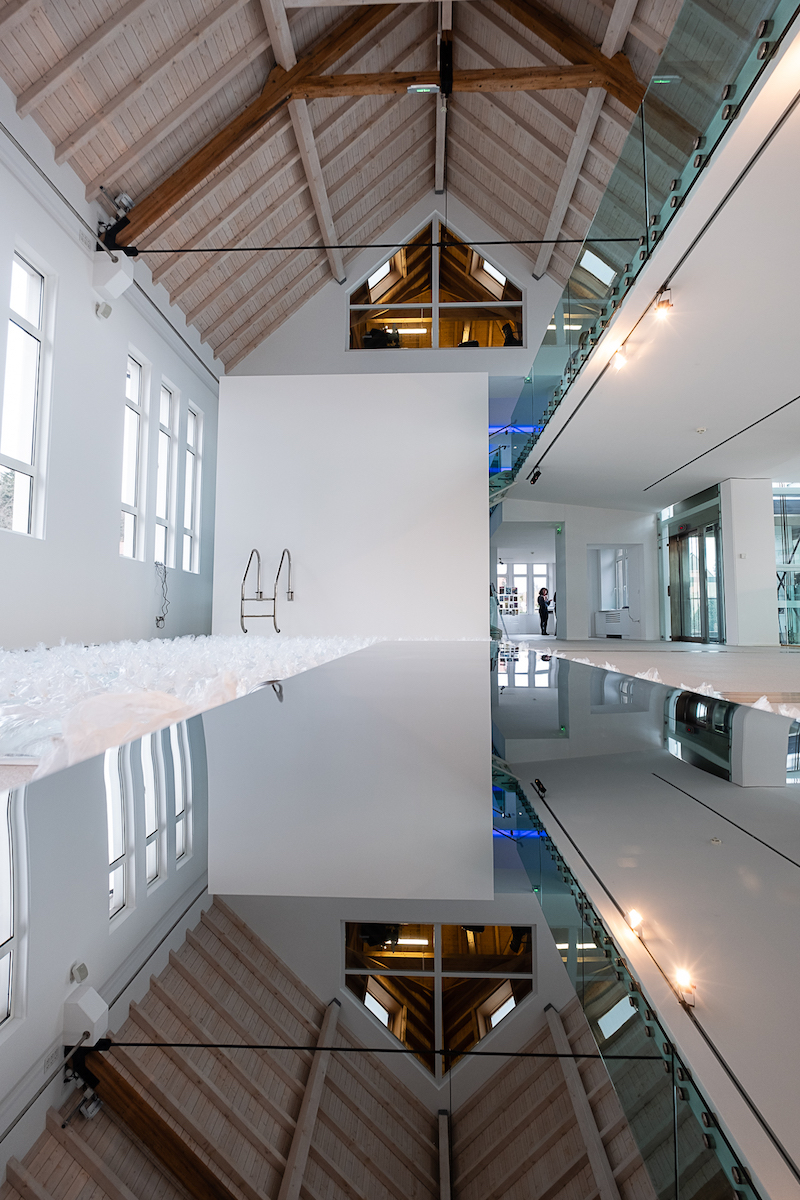
The programming
How much do you involve in the programming as well as the curating of exhibitions in the foundation?
I have one obligation: using the theme of water. Besides this obligation I am very free and can do all the programming I want as long as it is coherent and respect and annual budget. I’ve been the director since March 2017when the art center was quite new, only 4 years old. The building was there, an amazing space, a good competition, a team but we needed to build up and reinforce an artistic strategy. I alternate among projects with unifying themes, such as an exhibition I curated last summer taking ‘cloud’ as the main topic, established figures such as Céleste Boursier Mougenot currently on display, Céleste completely transformed the foundation and flooded it with 130 tons of water! I also exhibit mid-career artists, and of course the ones from the competition. I also carry social projects working with psychiatrics hospital, prisons or school. I give the opportunity to these people to create something through workshops, parterships etc… and then we always exhibit their works at the foundation. It is not the same length and format as for a professional exhibition, but I provide space time and communication, which are on the same level as for the rest of my programming. My aim is not to let them think they are professional artists, but to give them a window to express and share their creativity. I think this is also part of the missions of the foundation.
Besides exhibitions, I organize lectures, music concerts, performances, and develop an important public program with workshops and activities for kids and families, including guided visits once a month.
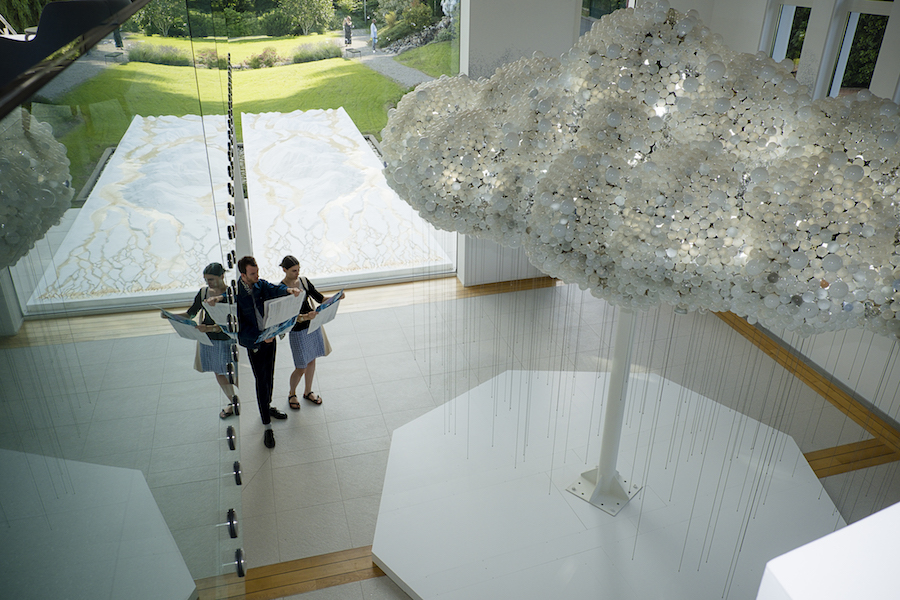
How is the relationship between François Schneider and you in terms of operating the museum?
François Schneider donated to the art center and the foundation some resources to allow us to have annual budget. We respect this annual budget that allows us to cover the scholarship (approx. 150000 euros are distributed to 150 kids annually), the competition awards and exhibition, other exhibitions and programming, the building maintenance and the salaries of the eight permanent staff members working here. François Schneider doesn’t need to be involved in the daily routine of the art center, a part of the team is dealing with administration and finance. But of course François Schneider is aware of our activities and how the budget is organized.
What are the highlights at the current exhibition?
The current exhibition is dedicated to important artists Céleste Boursier Mougenot, who represented France at the Venice Bienniale in 2015. Céleste works a lot with objects, nature, sound and the like to work in-situ and transform a space. He is originally a musician and was the composer of a theatre group for 10 years. He combines all these experiences and knows how to make a strong visual and sound journey for visitors. In the case of “Liquide Liquide”, our exhibition starts the journey in a long corridor in the dark, flooded with water, then we enter into a dark room where a strange landscape invites visitors to laydown and observe white circle moving and revolving in the entire space. Then, you discover a piano that is “dancing” in the following space, water is pouring on the staircases, outdoors is a beach of glass, 30 tons of glass is shining and reflecting, walking on it creates sound as well. At the core of the building is his famous installation with a big pool and 130 ceramic bowls “Clinamen”, creating a sound and a Zen experience. The water is taking its source on the roof of the building and flowing like a waterfall, pouring at each floor in pools or on windows. It’s like having a river all over the foundation, and in each floor there is a surprise, a work, and experience. It is quite linked with nature and cosmos in a way.
This is a very special exhibition that attracts a lot of visitors, that gave us an important visibility and that is magical.
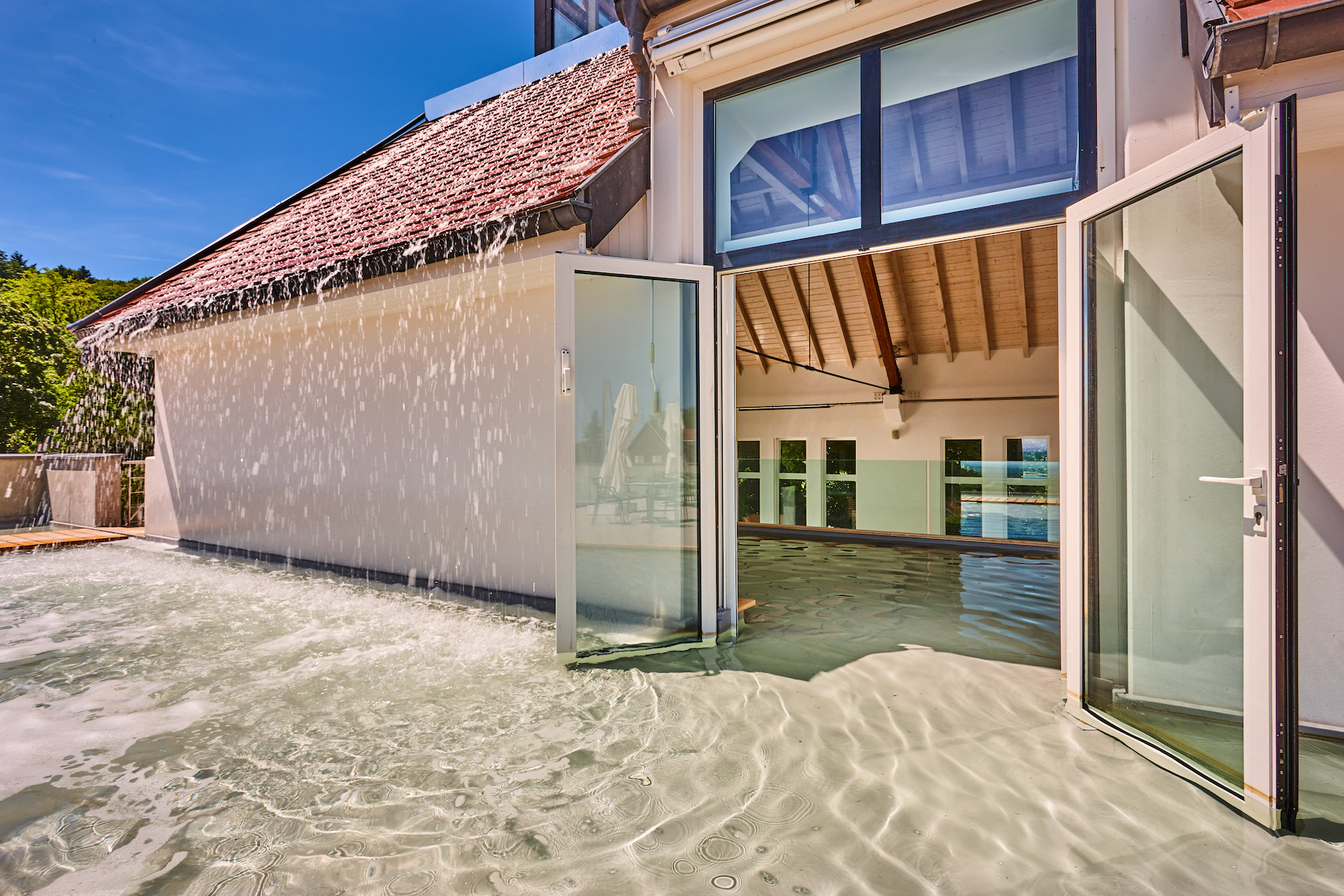
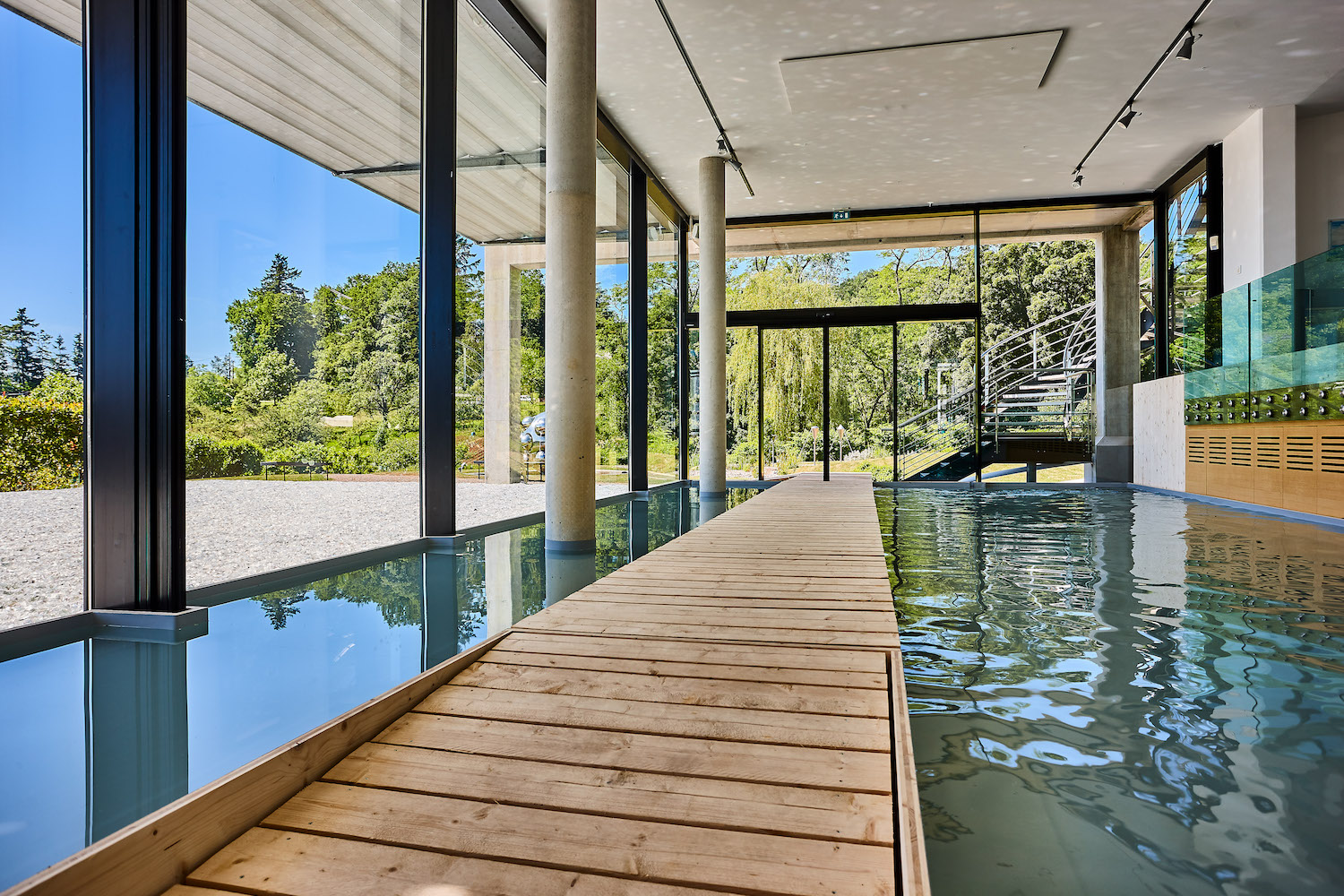
What are the special upcoming programs that we definitely should not miss out?
We’ll have a great show starting at the end of October featuring comics and illustrations; that will show how water was a source of inspiration for many authors. It is curated in collaboration with Angouleme museum specialized in comics and having a unique archive in Europe.
In 2020, we’ll celebrate the 20thanniversary of the foundation and will put in dialogue our collection with a very important museum collection (which needs to be confirmed after July).
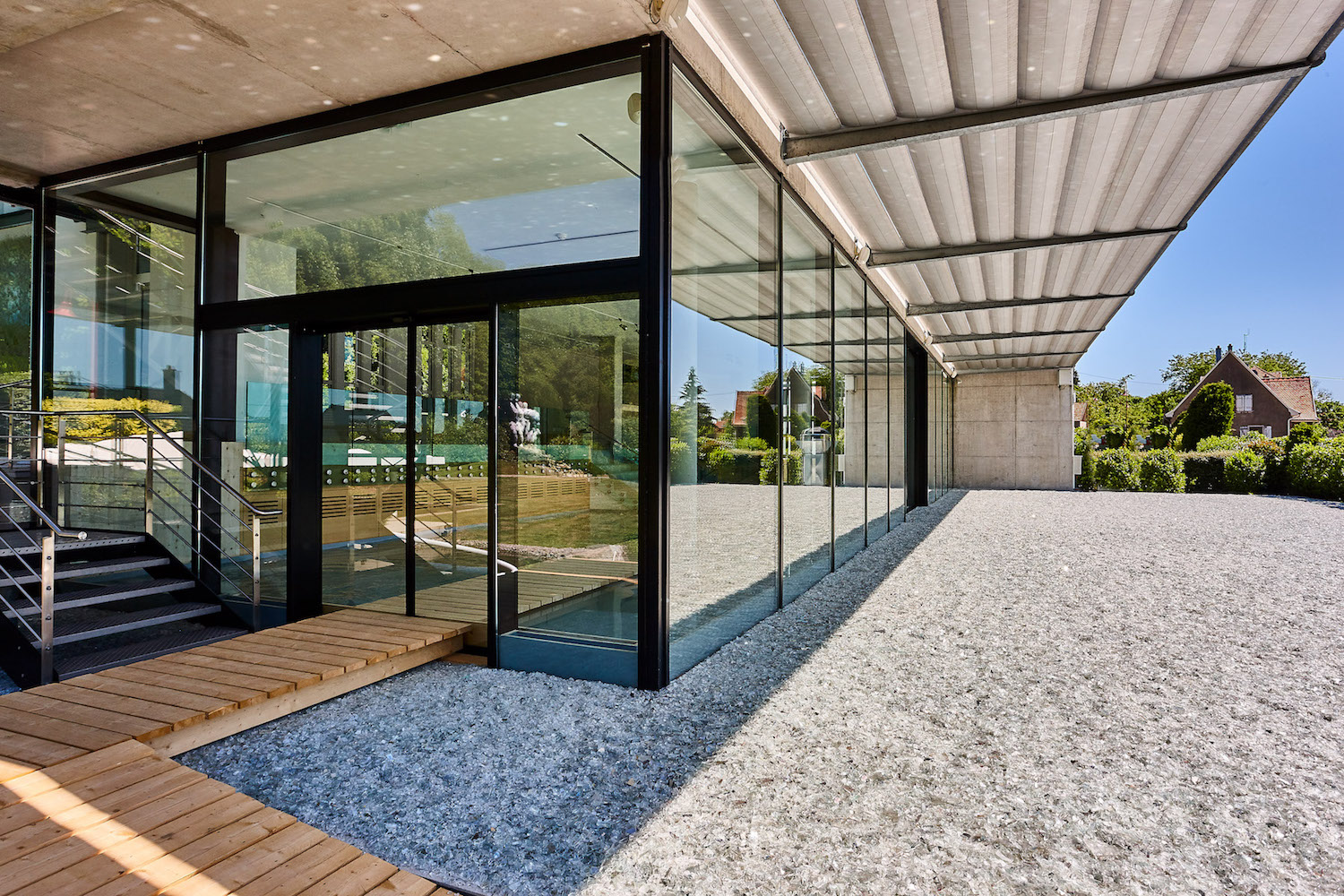
The most memorable moments
What was your happiest or most memorable moment working for the foundation?
The exhibition of Céleste is part of the most exciting projects we’ve done , it was a technical challenge that we have achieved and a marvellous result, as well as a human adventure. Supporting the artists of contemporary talents, giving them a voice and a space, producing interviews is always interesting and opens up your vision. The social projects I was mentioning previously make me happy, when a person suffering of psychiatric problems told us the workshop she did with us helped her to re-gain self-confidence and self-esteem, I have the feeling that what we do is useful. When I read the comments of the visitors about the exhibition and the art center, saying they are transported to another world, it makes me happy. When I see nannies taking care of small kids in the village regularly coming back, I also have the feeling we have opened a few doors.
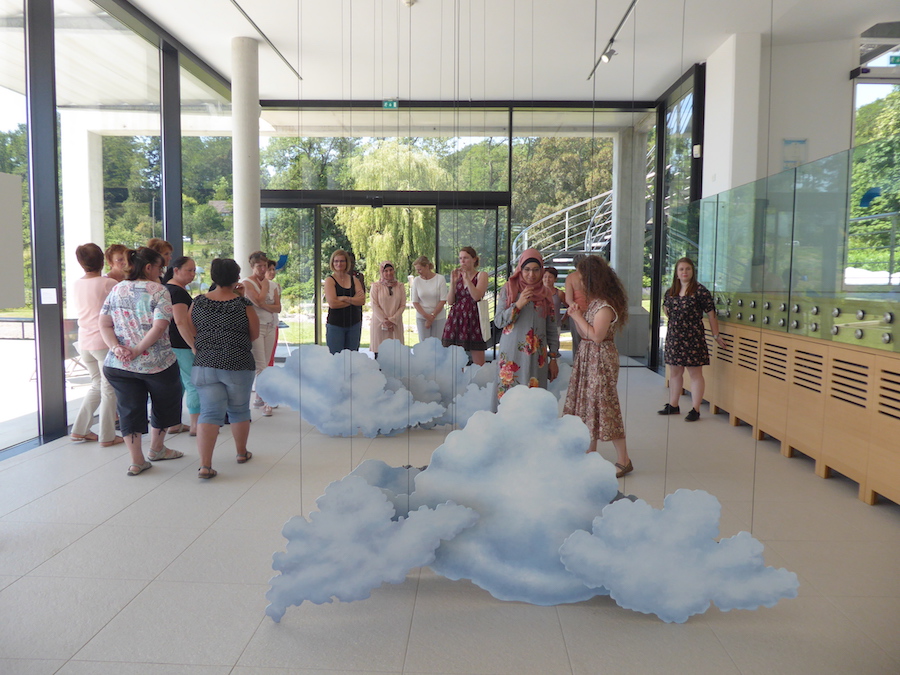
What do you think are the key elements that determine the success of a foundation?
Work, patience, working locally and globally, proposing art accessible to everyone without being super elitist or hyper-conceptual but keeping high quality projects.
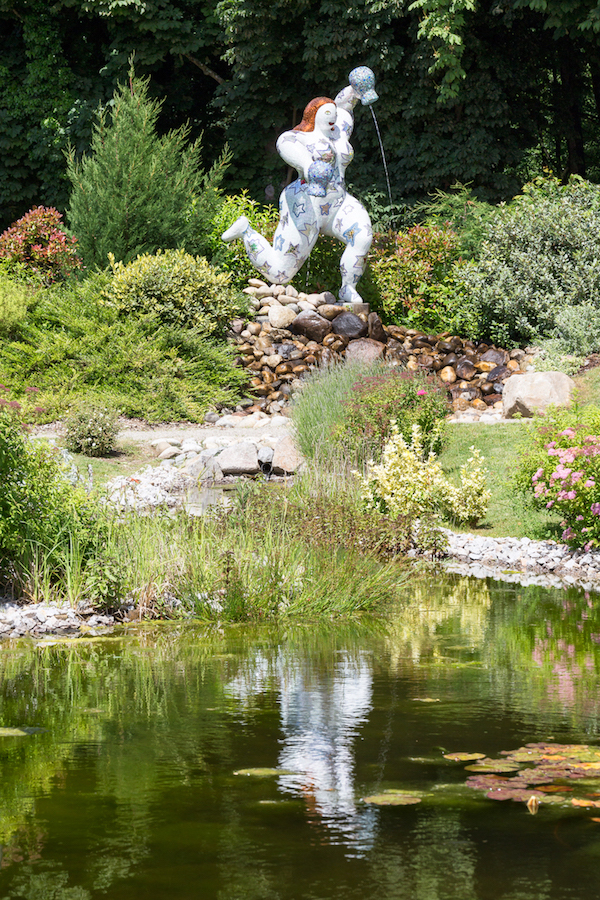
Related: Fondation François Schneider
Current exhibition ‘Céleste Boursier-Mougenot: Liquide Liquide’, until 22 September at Fondation François Schneider
This ‘Private Museum Insights’ editorial series is born with the support of Phillips, a partner of THE PRIVATE ART PASS 2019.





